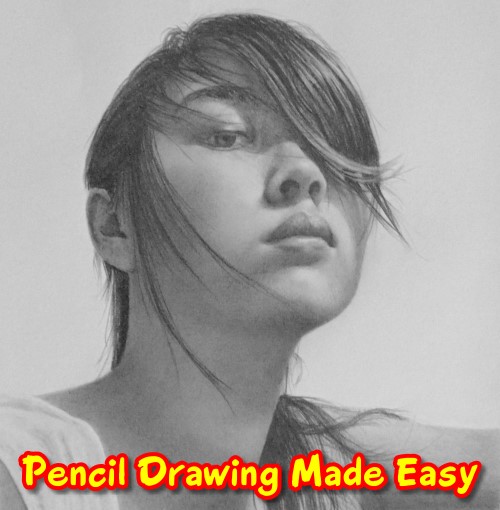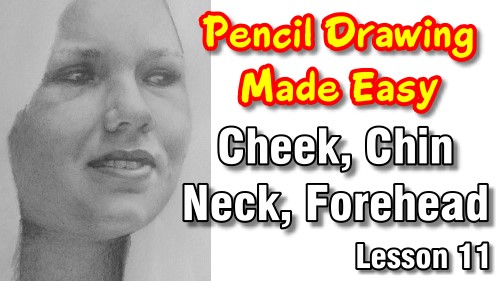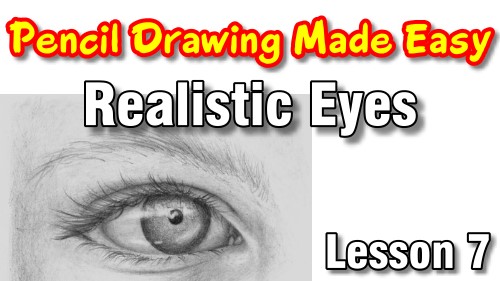

Are you looking to draw a person, Great then in this simple guide you will learn how to do exactly that, and let’s get started.
Draw the figure further by drawing a circle around the head, neck, shoulders, collarbone, and knee. Now that we have the head in place, we can connect it to the body by pulling the neck.
Now that you have a clear picture of a human body, learn more about how to draw it and its proportions. Master the human form. You can find images online to look at or even ask a friend to sit down as you draw them.
Now is the time to design your own character sketches, and you can use this knowledge to change the proportions of the body to make it look structural and credible. First draw a figure with a rough shape for body, head, neck, arms, and legs.
Don’t worry if it is not perfect, you will get it right soon.
Drawing a person can take time to master but, starting with finding proportions, simple frame structure, construction, volume and shape, wrapping, and drawing fine details, including subtle overlaps and curves. Learn to draw the head according to basic guidelines, mix and match facial features and proportions.
Once you have learned the practical tricks of drawing a man’s and a woman’s body, and the importance of proportions to the person, drawing will become much easier, and you will be able to display friends and family and add more people to your artwork.
The third step in drawing a person is to find and highlight the limbs (legs, arms, waist, hips, etc.).
We all draw a person in this way, and if we keep this in mind, it will help you maintain the proportion of the human body. A helpful tool to support your drawing is to have different body proportions in different positions.
For the torso, draw two parallel curved lines to form the right leg. Draw a horizontal line from the top of the head to the bottom of the jaw to align with the position of the eyes.
In addition to the vertical and horizontal lines, you can also draw an outline for the head.
Draw a receding hairline and then go back to the line you drew on the man’s face and bring the hair to the sides of the head to create a solid, visible hairline.
Go back to your torso and draw an upward curved line from his neck to the outline of the shirt collar. You can also draw a line to the shoulders and a line to the waist.
Using the length of the head is the most difficult thing for most artists to achieve the right proportions for the various body parts. Once you have the torso and hips in place, pulling the head and limbs becomes much easier.
Drawing children is an additional challenge when drawing as the ratio of the length of the head to the rest of the body, especially the legs, changes as the child grows.
When drawing a front view of a standing person, you should start with the head so that you can measure the full body length in seven head lengths.
The ideal adult figure is eight head lengths from the head to the chin, with a deviation of seven and a half head lengths between this number and eight head lengths. I put a marker to indicate the middle of the body and the hips at four head heights above.
I have found that the average human height is about eight times the height of the head, measured from the tip of the skull to the chin.
A common mistake when drawing a person is to distort the proportions by making the hands too short relative to the rest of the body or the head too large.
This tutorial is based on the basic proportions of the human body, but depending on the body type you are to draw the proportions can be adjusted accordingly.
Divide the person into eight sections and add head, arms, legs, and other parts at the appropriate places.
Some people believe that it is not so easy to draw a human head and body. Professional artists perceive drawing as one of their most challenging activities.
Recommended: Draw Real Eyes Easy
For this reason, over the years, artists have developed some practical tricks to draw a man’s and a woman’s bodies.
If you need help in certain areas of the human body, be sure to have a look at our contribution to drawing muscles, where we focus on difficult areas such as drawing the arms, as well as our many other drawing instructions.
For the purposes of our drawing, the body is divided into seven circular sections, including the neck. Then you draw two more circles around the elbows and feet, two curved lines around the sides of the body, and connect them to his knees, and that’s all we have now.
Tony Ryder believes that artists who create magnificent drawings take a three-step approach to taming the flood of visual information presented by the human figure, and explains that the first step in drawing people is to understand the combination of envelope gestures and block-ins.
I have been using the Artabet model of a person for 25 years as a student, and it works as a springboard to get creative with figures, but we should all take a look at the basics of modeling. What I have learned from other artists who have been involved with this for a long time is that they have a person’s size and use their head height as a unit of measurement.



